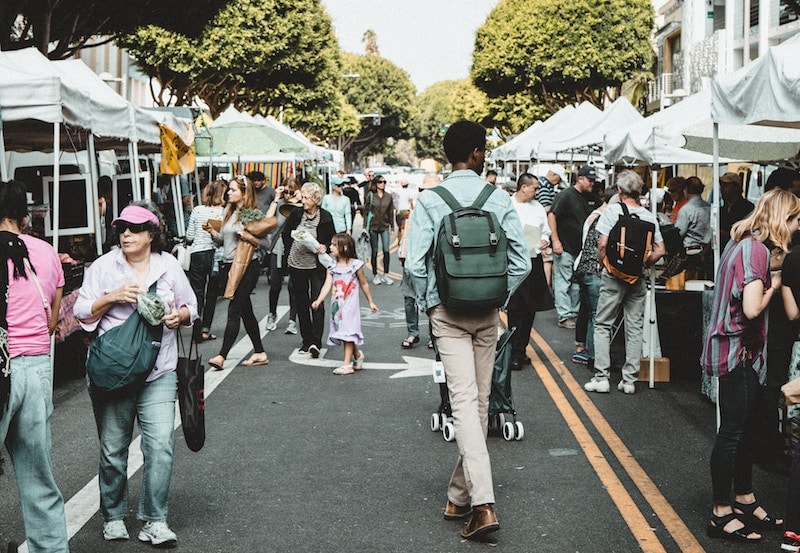
Pop-up stores are temporary retail spaces that “pop up” for a limited time, attracting attention and creating a sense of urgency among consumers. These stores have gained significant popularity in recent years, revolutionizing the retail industry. With their unique approach and flexibility, pop-up stores have provided retailers with exciting opportunities to connect with their target audience in innovative ways.
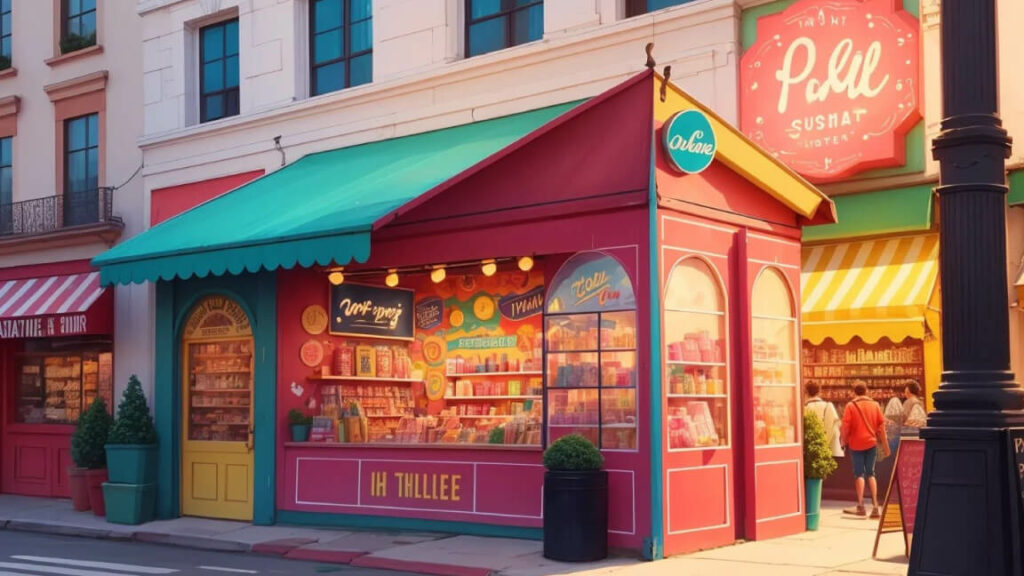
Benefits of Pop-Up Stores
A. Flexibility and Agility
Pop-up stores offer retailers a remarkable level of flexibility. Unlike traditional brick-and-mortar stores, they can easily adapt to changing market trends and consumer demands. Retailers can experiment with new markets or products without committing to a long-term lease, avoiding the financial risks associated with fixed locations. This agility empowers retailers to refine their strategies and optimize their offerings based on real-time feedback.
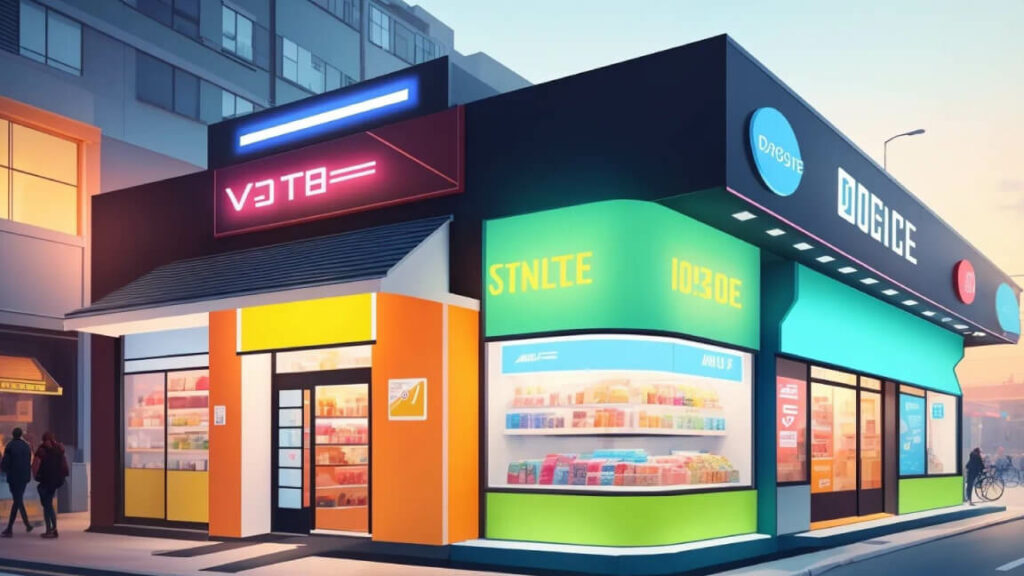
B. Creating Buzz and Excitement
One of the key advantages of pop-up stores is their ability to generate curiosity and excitement. By their very nature, these temporary stores generate a sense of exclusivity and urgency among consumers. Retailers can capitalize on this by offering limited-time products or exclusive collaborations that ignite a sense of anticipation. Additionally, harnessing the power of social media and word-of-mouth marketing can further amplify the buzz surrounding the pop-up store, creating a viral effect.
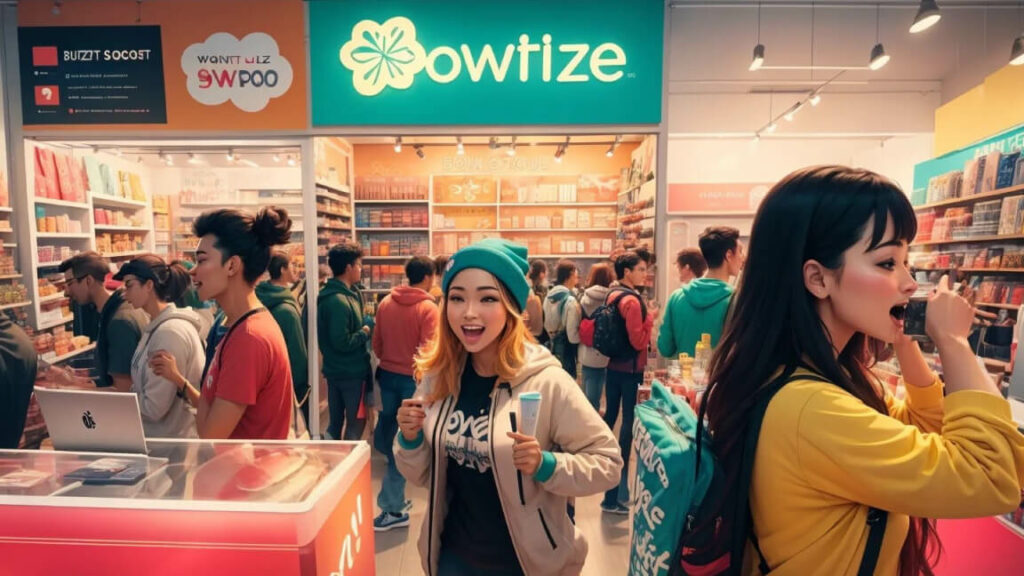
C. Enhancing Brand Image and Awareness
Pop-up stores present an opportunity for retailers to elevate their brand image and increase visibility. These temporary stores allow retailers to create unique and memorable experiences, fostering a deeper connection with their target audience. By collaborating with influencers or other brands, retailers can leverage their existing popularity and tap into new consumer segments. Through immersive experiences, pop-up stores reinforce brand values and emotions, leaving a lasting impression on customers.

Pop-Up Store Strategies and Implementation
A. Location Selection
Choosing the right location is critical for the success of a pop-up store. Factors such as foot traffic, target audience demographics, and competition should be carefully considered. Retailers should seek out areas where their target customers naturally gravitate. Negotiating favorable rental agreements is also essential to ensure profitability and minimize costs.
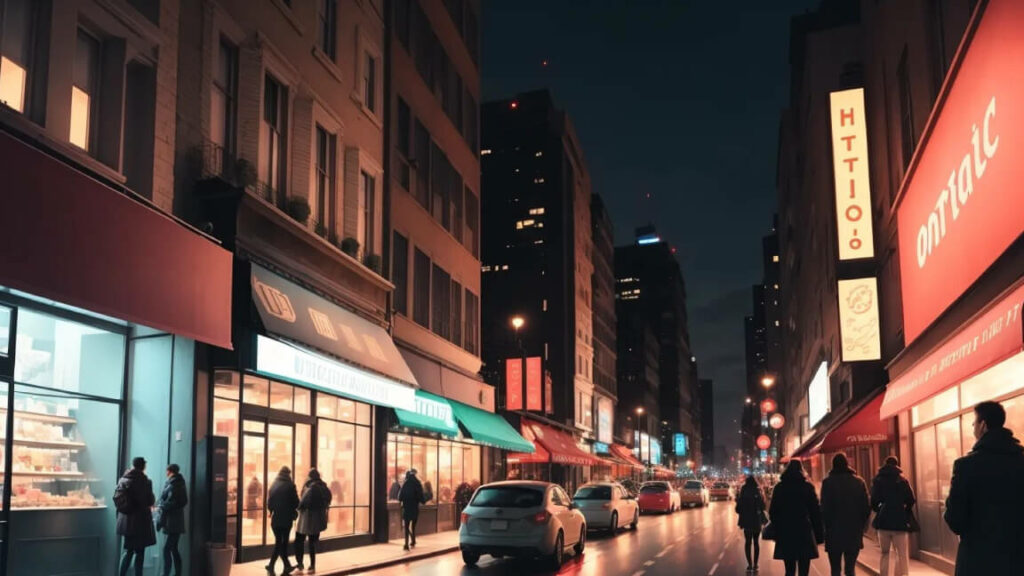
B. Store Design and Visual Merchandising
Creating a visually appealing and memorable store layout is key to attracting and retaining customers. Despite the limited space, impactful visual merchandising techniques can maximize product exposure. Incorporating the brand’s identity into the store design helps to maintain consistency and enhance brand recall. Thoughtful placement of unique displays and engaging layouts can entice customers to explore the store further.
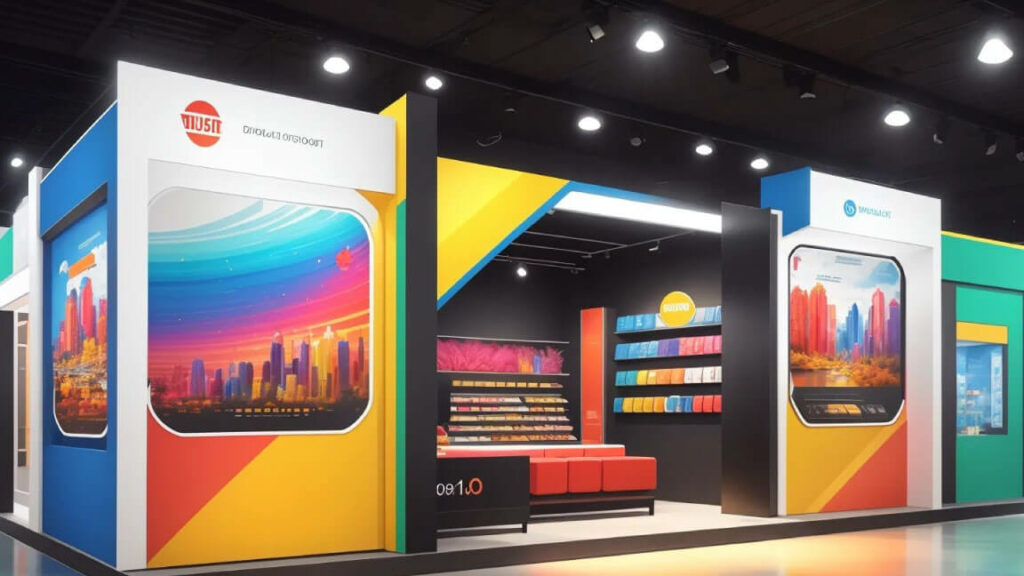
C. Marketing and Promotion
Strategic marketing approaches are crucial when promoting a pop-up store. Leveraging social media platforms allows retailers to reach a wider audience and generate buzz. Partnering with influencers, who align with the brand’s values, can further enhance visibility and credibility. Crafting effective promotional campaigns, like exclusive offers or special events, can create a sense of urgency among consumers, encouraging them to visit the store. Collaborating with other brands that share a similar target audience can also expand reach and create mutually beneficial partnerships.
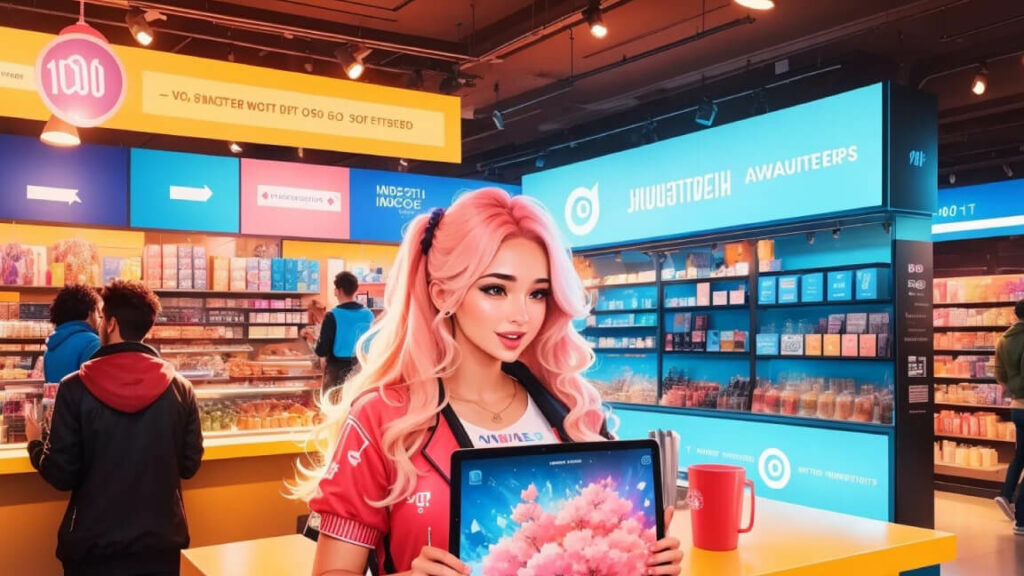
Challenges and Limitations of Pop-Up Stores
A. Short-Term Nature
Pop-up stores, by design, have a limited duration. While this creates a sense of urgency and novelty, it can pose challenges for maintaining long-term brand building. Retailers must strike a balance between capturing immediate sales opportunities and ensuring lasting customer engagement. Implementing strategies to stay connected with customers after the store closes, such as offering online exclusives or providing loyalty incentives, can help bridge this gap.
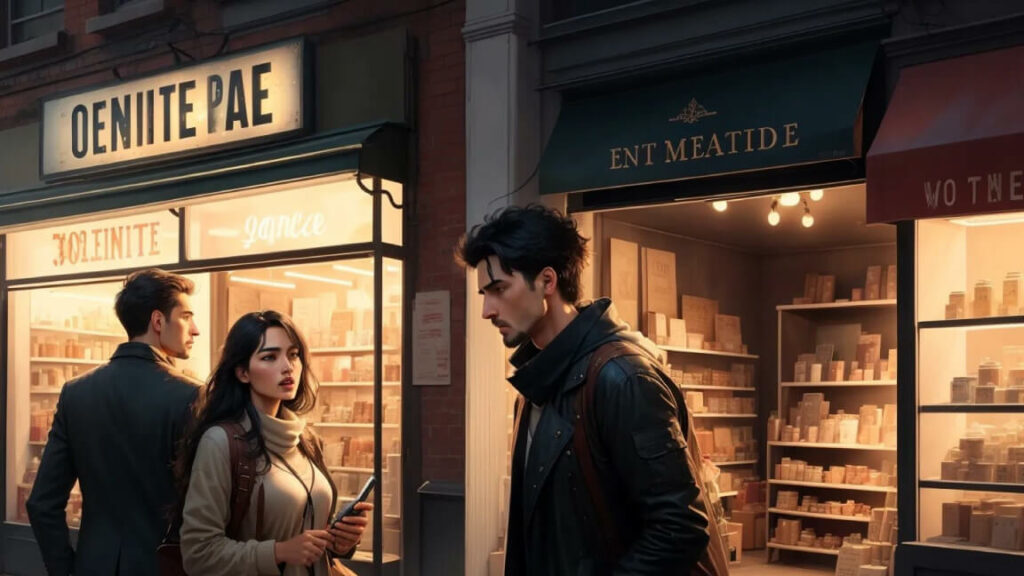
B. Operational Challenges
Managing logistics and operations in temporary spaces requires careful planning. Staffing and training considerations must be addressed for short-term ventures to provide exceptional customer service. Overcoming challenges related to inventory and supply chain management ensures a seamless and satisfying shopping experience for customers. Streamlining processes and utilizing technology can help mitigate these operational challenges.
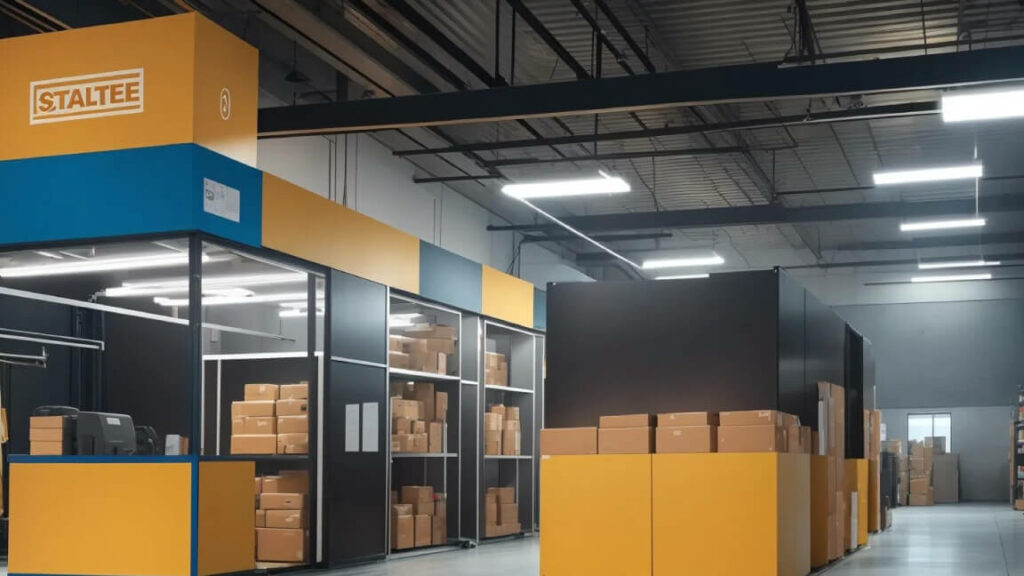
C. Integration with E-commerce
Pop-up stores can complement online retail efforts by providing customers with a tactile and immersive brand experience. Integrating offline and online experiences through seamless technology solutions allows retailers to leverage customer data and insights for future growth. By capturing customer information during the pop-up store experience, retailers can personalize online interactions and provide targeted marketing campaigns, fostering a cohesive customer journey.
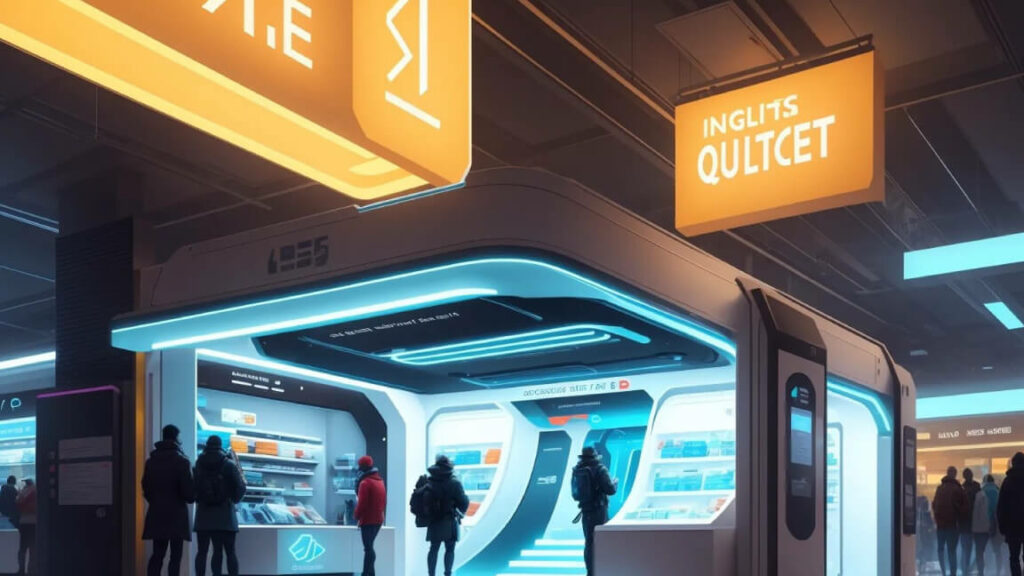
In conclusion, the rise of pop-up stores in the retail world has transformed the way retailers create brand experiences, engage with customers, and test new markets. The flexibility, buzz-generating potential, and brand-enhancing opportunities offered by pop-up stores continue to shape the industry. By carefully strategizing location selection, store design, and marketing efforts, retailers can maximize the benefits of pop-up stores while navigating the challenges associated with their short-term nature. Ultimately, integrating these temporary retail spaces with online efforts can lead to long-term growth and customer loyalty.
